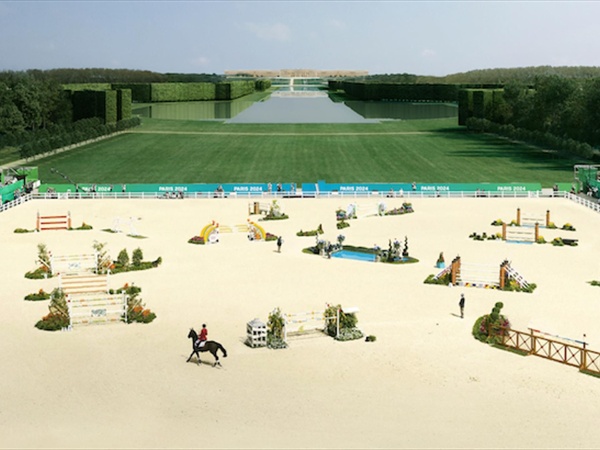views : 607
3 Min Read
History About Equestrian Ahead Of The 2024 Olympic Games
Equestrian events trace their origins to Ancient Greece, where the bond between rider and horse was crucial for survival in battle. Dressage emerged as a method to train horses for war, emphasizing perfect partnership and skill. These events debuted in the ancient Olympic Games with thrilling chariot races, captivating spectators with their daring spectacle. However, the art of horsemanship faded into obscurity until its Renaissance revival. It was during this period that dressage experienced a resurgence, culminating in the establishment of the renowned Spanish Riding School in Vienna in 1729. This institution became synonymous with excellence, laying the groundwork for modern equestrian disciplines.
From its martial beginnings in ancient Greece to its pinnacle at the Spanish Riding School, dressage has evolved into a refined art form and competitive sport, embodying centuries of tradition and skill in horsemanship. Equestrian events at the Games consist of three distinct disciplines, offering equal opportunities for men and women to compete.
In show jumping, riders navigate a course of obstacles against the clock. Precision and agility are crucial, as knocking down obstacles incurs time penalties. The discipline highlights the partnership between horse and rider, requiring seamless coordination and skillful maneuvering to achieve optimal performance. Dressage, known as the pinnacle of horse training, showcases the artistic harmony between horse and rider. Participants execute a series of intricate movements choreographed to music. Judges evaluate the grace, fluidity, and precision of these movements, reflecting the meticulous training and bond between the athlete and their horse.
Eventing combines the challenges of show jumping and dressage with the rigorous demands of cross-country. Often referred to as the equestrian triathlon, eventing tests the horse and rider across three phases. Dressage begins the competition, showcasing precision and control. Cross-country follows, presenting a demanding course with natural and solid obstacles that challenge the endurance and tactical prowess of both athlete and horse. The event concludes with show jumping, testing the pair’s agility and accuracy under pressure.
The winner in eventing is determined by the overall performance across all three disciplines, rewarding the most versatile and skilled equestrian partnership. Equestrian events thus celebrate the athleticism, teamwork, and deep connection between horse and rider on an international stage. Equestrian sports made their debut at the modern Olympic Games in 1900 in Paris, initially featuring five events held at the Place de Breteuil arena. Over time, the sport evolved significantly in terms of gender inclusivity and competition format.
In 1952, at the Helsinki Games, women participated in the dressage event for the first time, marking the beginning of mixed-gender competition in equestrian sports. This paved the way for women to compete across all equestrian disciplines by 1964, establishing equestrian as the only entirely mixed-gender sport at the Olympic Games. Medals are awarded not only to individual competitors but also to teams, reflecting the dual emphasis on individual excellence and collective achievement in equestrian events. This recognition underscores the sport's commitment to both individual prowess and the collaborative synergy between horse and rider.
